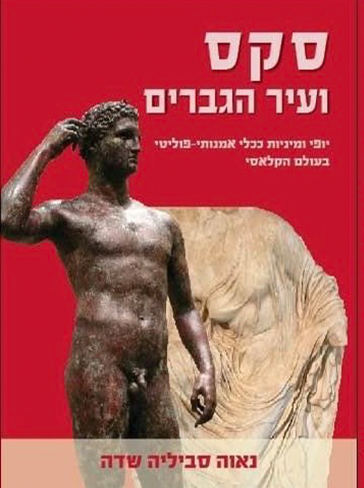A Hidden Telete: Mythological Images as Symbols of Initiation in Roman Wall Paintings and Mosaics", Philosophy Study, October 2022, Vol. 12, No. 10, 557-582"
Nava Sevilla-Sadeh, "A Hidden Telete: Mythological Images as Symbols of Initiation in Roman Wall Paintings and Mosaics", Philosophy Study, October 2022, Vol. 12, No. 10, 557-582

Initiation was one of the most substantial experiences undergone in Antiquity. The two main aspects of initiation were defined as the social and that which belonged to the religious sphere; or, the profane and the sacred. Initiation or rites of passage in the social realm were intended to delineate the transition from childhood to adult status, while the sacred initiation was intended to promise eternal life and a merging with the divine. As van Gennep has indicated, however, acts of apprenticeship of any kind were enveloped in ceremonies, since no act was entirely free of the sacred. Sacred initiations were intended to remain secret in Antiquity, thus explicit depictions of sacred rituals are rare in ancient art. As this study will demonstrate, however, signifiers of such initiation can nonetheless be found in Roman wall paintings and mosaics depicting mythological protagonists.



